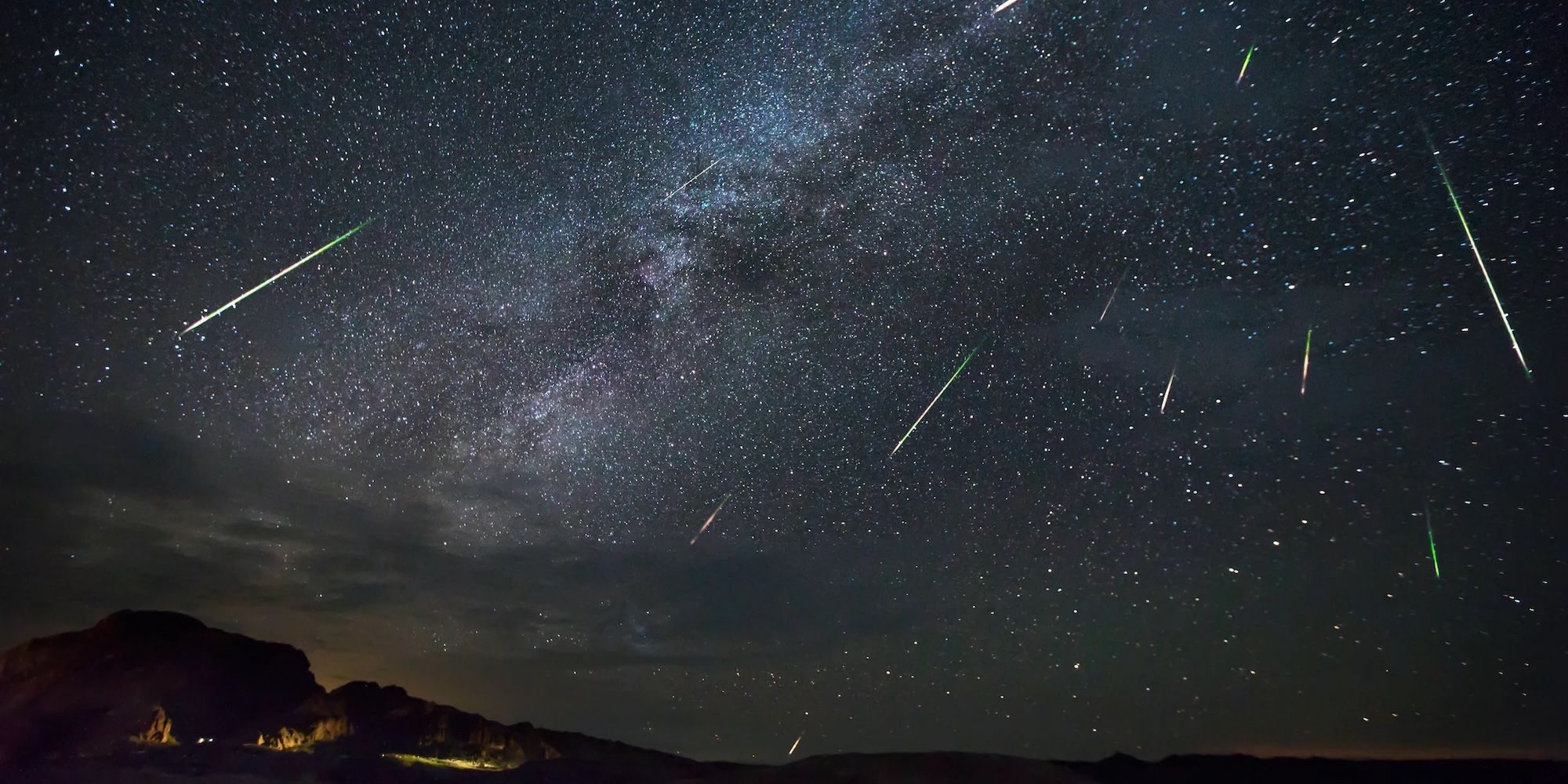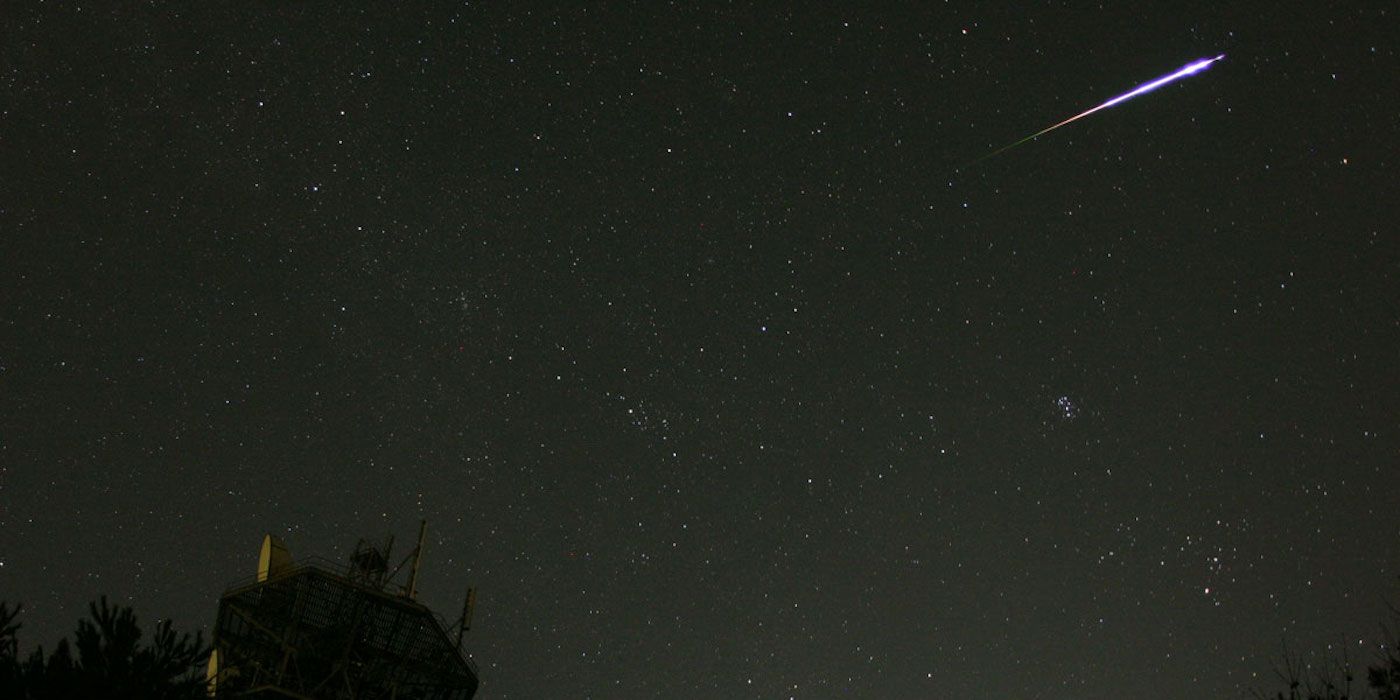The Perseid meteor shower is currently lighting up the night sky across North America, but this year stargazers will have to contend with the light of the full moon outshining the shower’s peak. The Perseids are expected to begin peaking on Aug. 11, the same date as the year’s final supermoon. During the shower’s peak, viewers can see 50 to 75 meteors per hour.
The annual celestial light show is thanks to the 109P/Swift-Tuttle comet. While the enormous comet only visits Earth every 133 years, Earth passes through its trail every summer. As Earth travels through Swift-Tuttle’s debris, the planet is showered by meteors. Swift-Tuttle, which is not scheduled to bypass Earth again until 2125, is estimated to be twice as large as the comet believed to have killed the dinosaurs. Luckily, Swift-Tuttle isn’t expected to collide with Earth anytime soon.
While astronomers usually recommend watching for comets during the Perseids’ peak, this year’s Sturgeon Supermoon will make viewing a bit more challenging. Instead, experts recommend heading out over the next two weeks (late July into early August). While stargazers won’t catch quite as many meteors by observing pre-peak, it will be easier to see celestial activity without as much competition from the moon. The meteor shower appears to emanate from the Perseus constellation, and is most visible between 2 a.m. and 4 a.m.
Keep An Eye Out For Fireballs Too
In addition to the Perseids, two other meteor showers are currently active in North America, upping the odds that viewers will have the chance to see a “fireball.” Fireballs are exceptionally large and bright meteors. They can be viewed by the naked eye even in light-polluted cities, and it’s rare to see more than one in a lifetime. According to NASA, the Perseid meteor shower produces more fireballs than any other. That, in addition to the simultaneous peaks of the Southern Delta Aquariids and the Alpha Capricornids meteor showers on July 28 and 29, has led the American Meteor Association to announce that it’s officially fireball season.
As July 28 is also the New Moon — when the moon’s light is at its dimmest — July 28 is a prime night to look up. Despite the full moon, this isn’t a year to skip the Perseids. Head out before the shower’s peak for a chance to witness quite the spectacle, and possibly even a fireball. Once the Perseid meteor shower ends, the next visible meteor shower, the mid-strength Orionids, won’t be visible until late September.
Source: EarthSky, American Meteor Society, NASA


